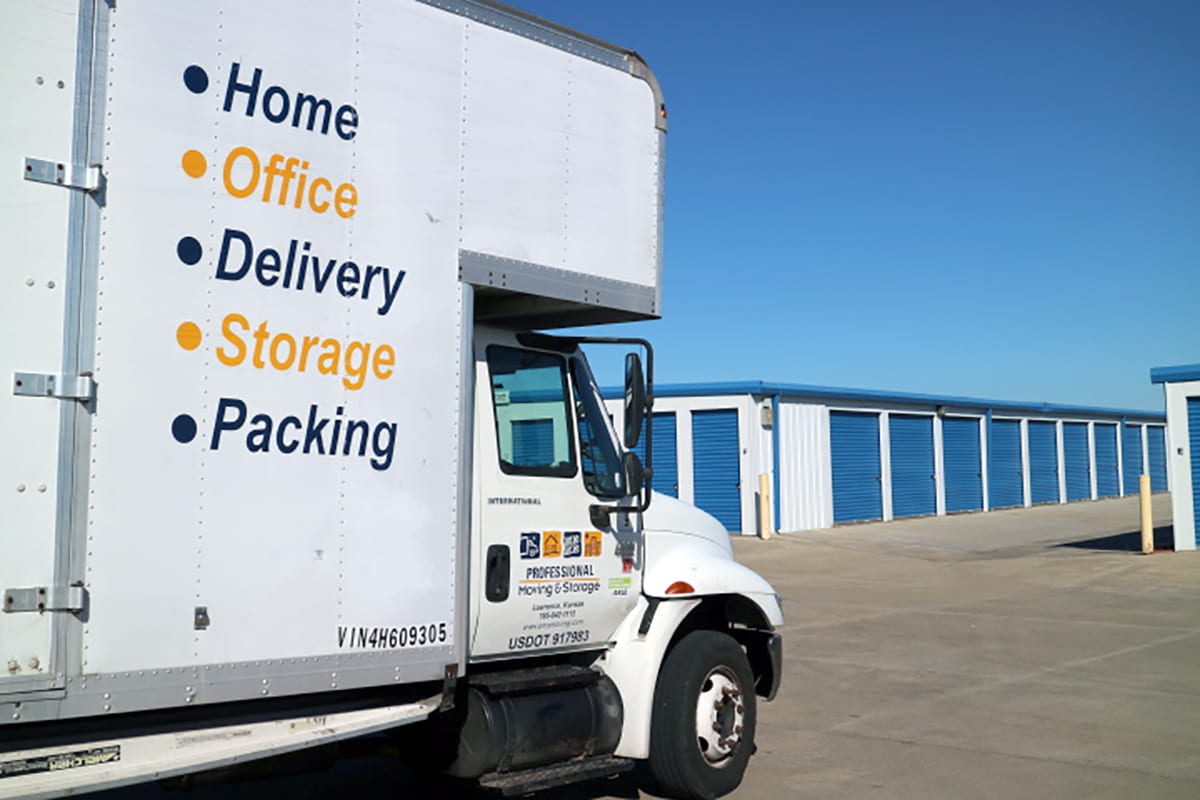Moving is stressful for your pet too.
Moving to a new home can be a stressful experience – the packing, the heavy lifting, the cleaning…but most of us don’t stop to think about how a move might affect our pet. What is stressful to a human may actually be terrifying to an animal who doesn’t understand what’s going on or why.
Below you’ll find a list of helpful tips to make your move easier on both you, and your pet.
10 Pet Lover Moving Tips
- Verify that your new accommodations are pet-friendly.
This should have been done before you made the decision to move, but it never hurts to double check. Verify that your apartment building, if you have one, is pet-friendly. While house hunting, look for a house with a backyard if you have a dog, or a nearby park.
- Schedule boarding for you moving day.
Having boxes scattered, furniture in disarray and the family stressed also stresses your pets. With people going in and out, your pets may escape. Even the most well-behaved pet may flee because of the stress. It is easy for a pet to get out unnoticed with all of the confusion. Consider taking your pet to the kennel 2 days before and schedule the pick-up on departure day after the trucks are loaded and right before you leave.
If you don’t board your pet, you should arrange for a closed off room that will not have in and out foot traffic. Warn movers, family and children to stay out of the room and not to open the door. Secure your pet at all times when doors, attics, and windows are open for moving.
- Spoil your pet during this stressful time.
Let them sleep in the bed, take them for walks, take time out to play with them, and feed them their favorite treats. It is not uncommon for pets to refuse food and water while away from home or in a stressful situation. Keep a close eye on their intake. Try to take time every few hours during moving and travel to walk your pet.
- Try to keep to your normal schedule as much as possible.
Routines are very important, especially when so much around them is changing. Feed and/or walk your pet at the same time that you would normally.
- Go into your new dwellings first before you bring your pet in.
If you don’t have anywhere to leave your pet or are traveling alone, keep your pet on a leash or in a carrier at first. Inspect your new home for anything that might be harmful, such as wet paint, sawdust, broken glass, or bare wires.
- Lay out familiar items like blankets, beds, or toys.
When you have familiar items that they associate with “home”, it will help them realize that this is their new home.
- Take time to play with your pet.
Give them time to associate their new home as a positive place.
- Make sure that you update their ID tags.
If your pet is microchipped, make sure that information is changed as well. Since you are in a new place, it will be easier for your pet to get lost as they are in a new environment.
- Go over your new yard carefully.
Make sure it is dog or cat proof, there are no harmful items or chemicals, the gates close, the fence is secure, and your pets can’t escape. Your pet may be confused with the new surroundings. Have patience and understand this is a confusing time.
- For outdoor cats, keep them inside for a few nights until they get acclimated.
Gradually allow them to spend more time outside.
Enjoy your new home with your pet!





